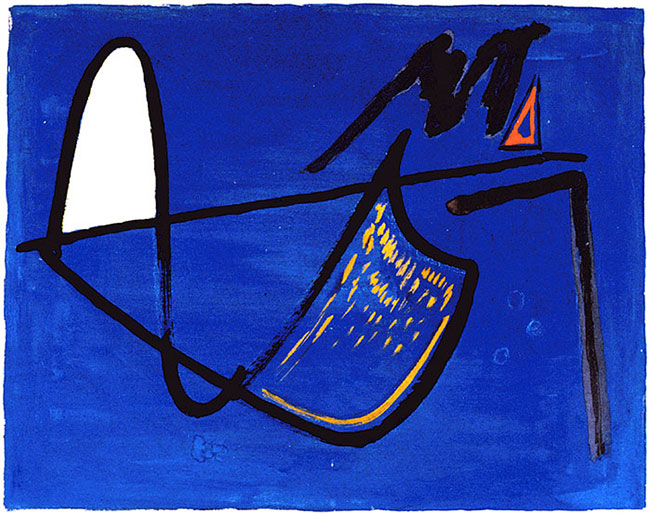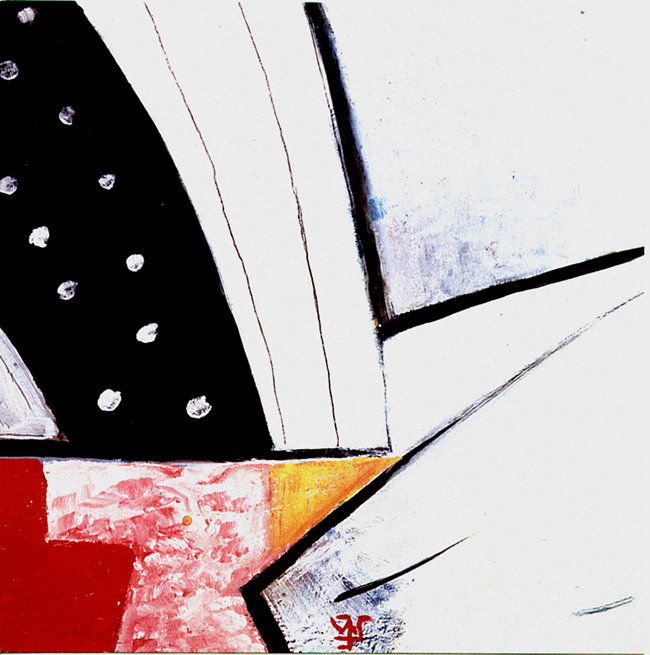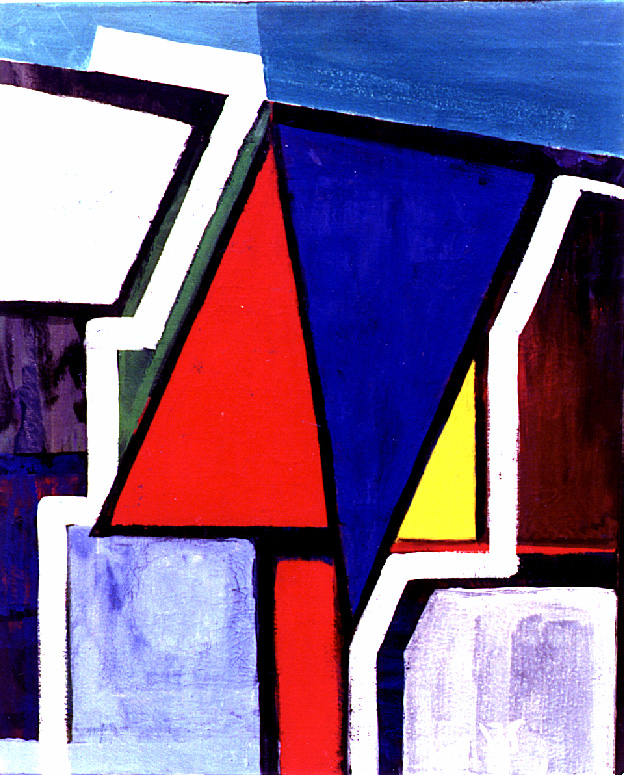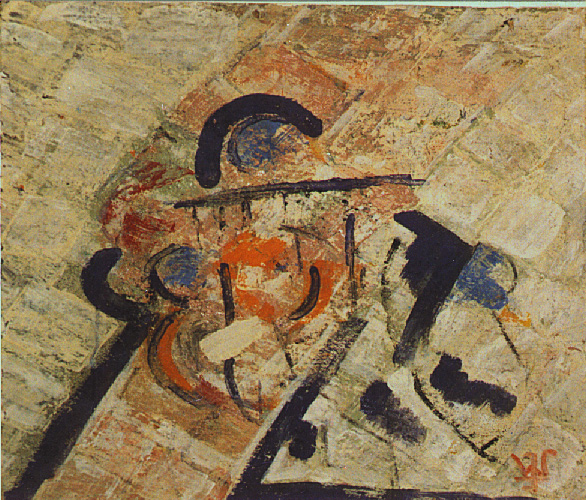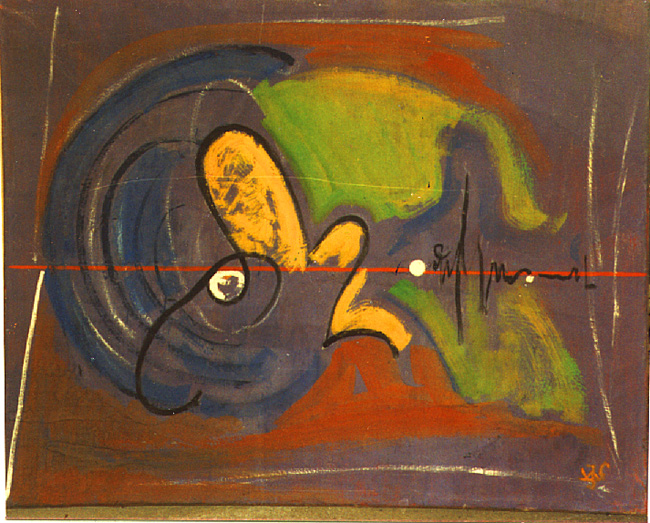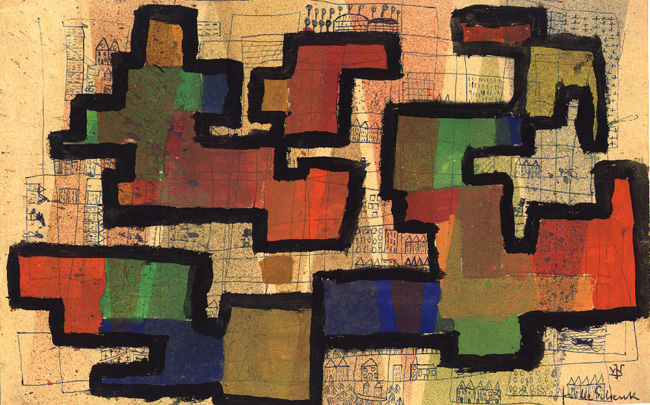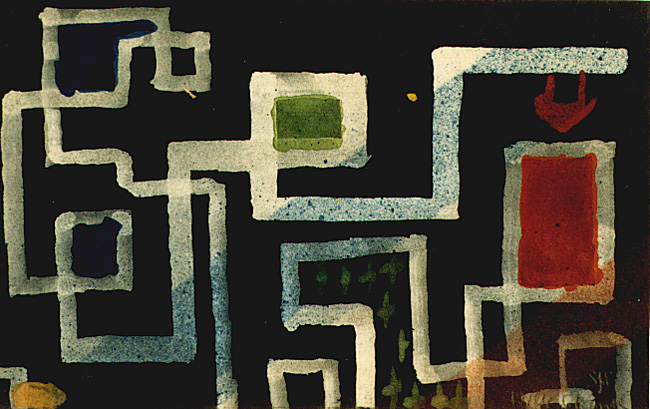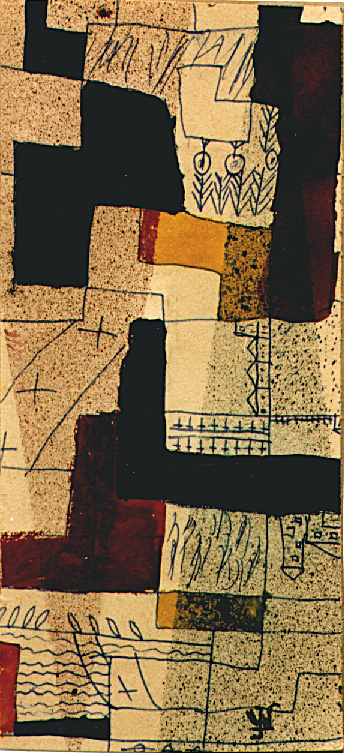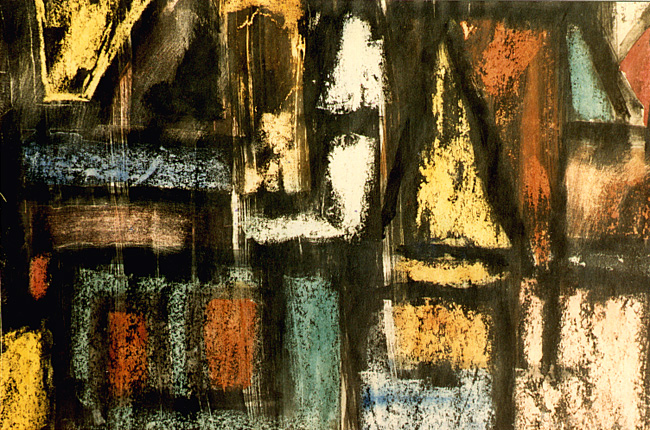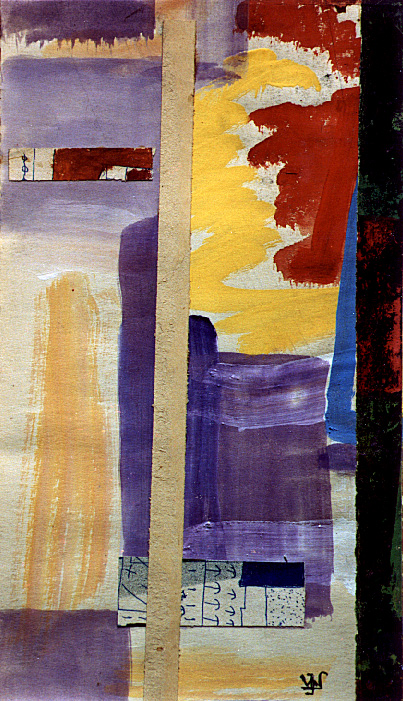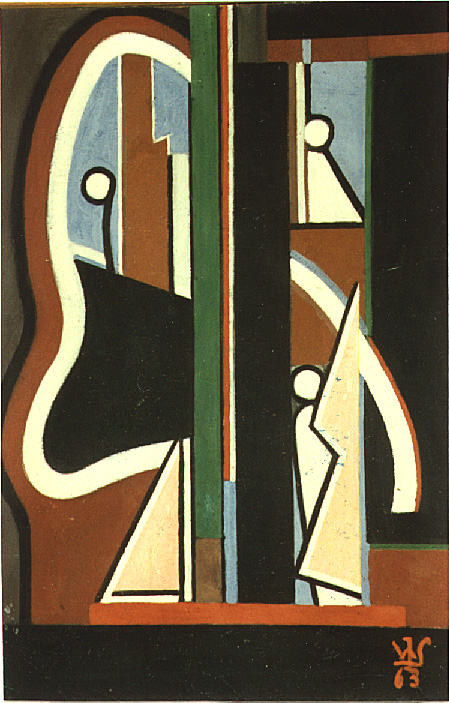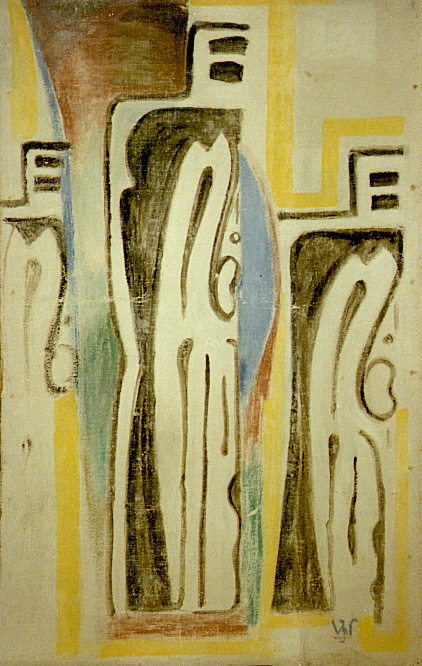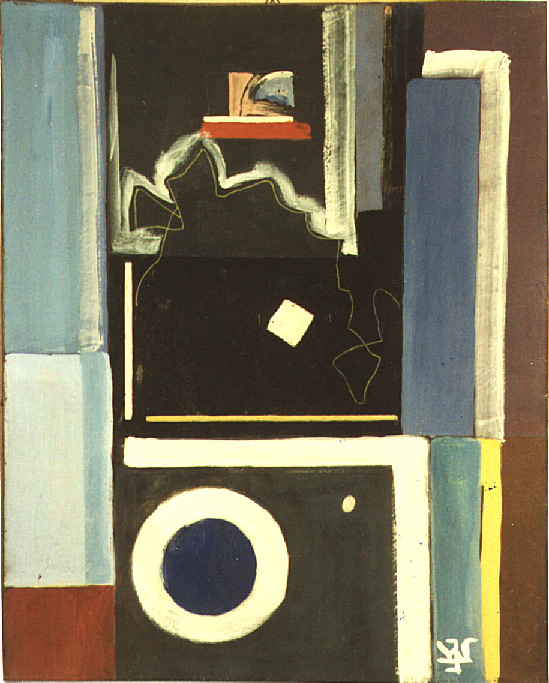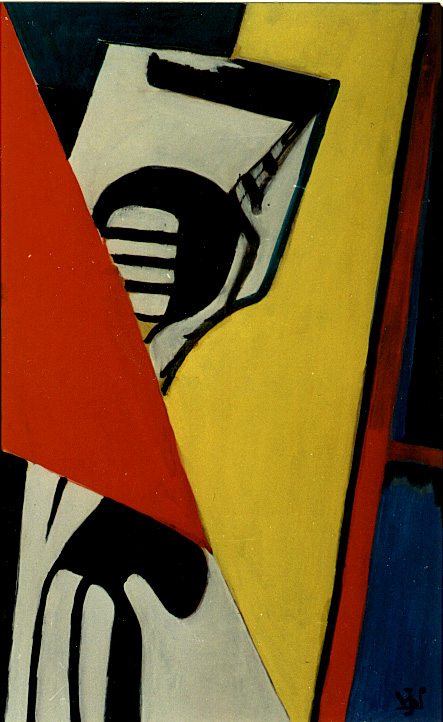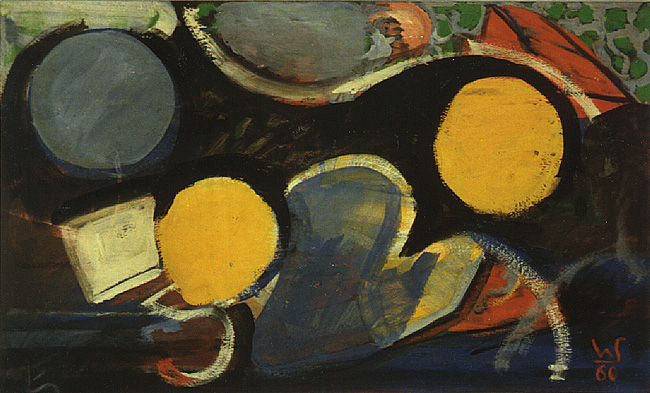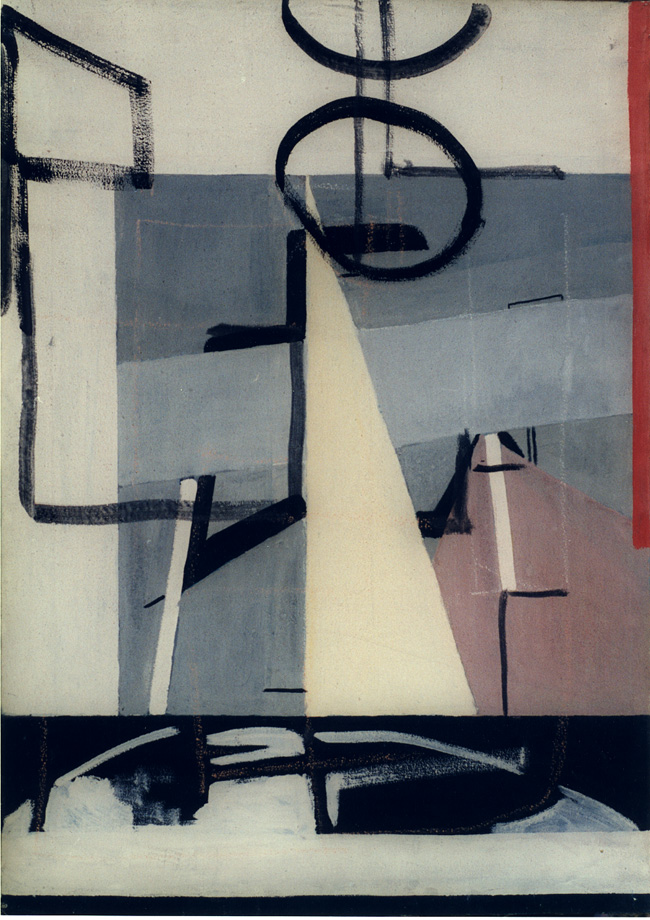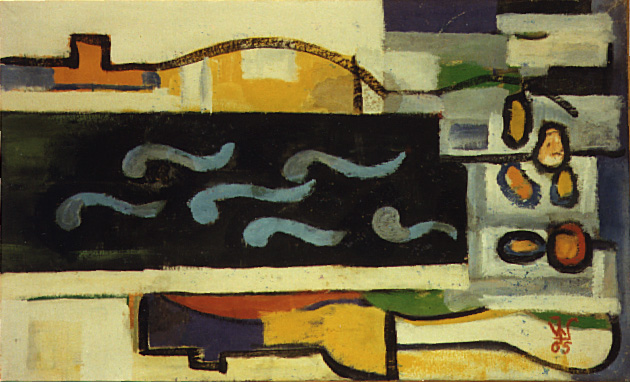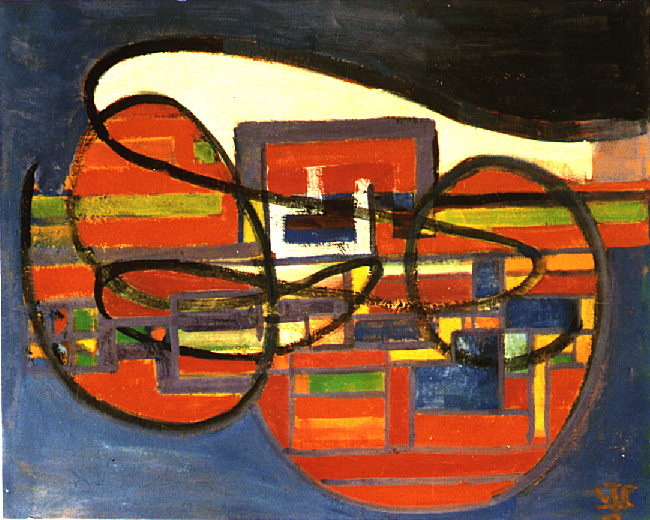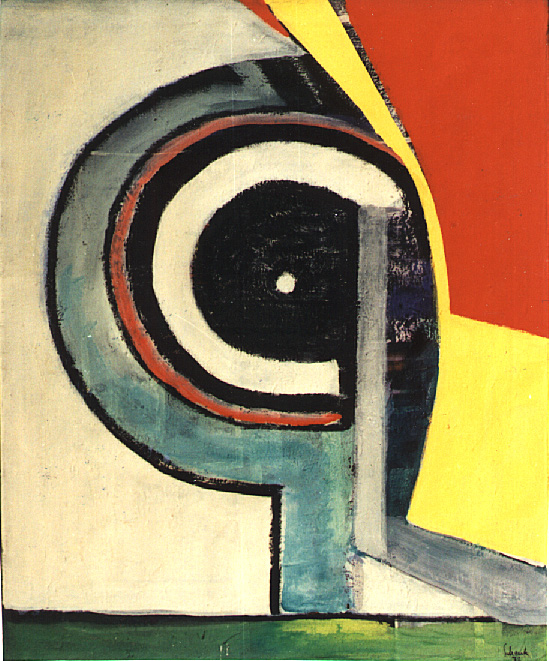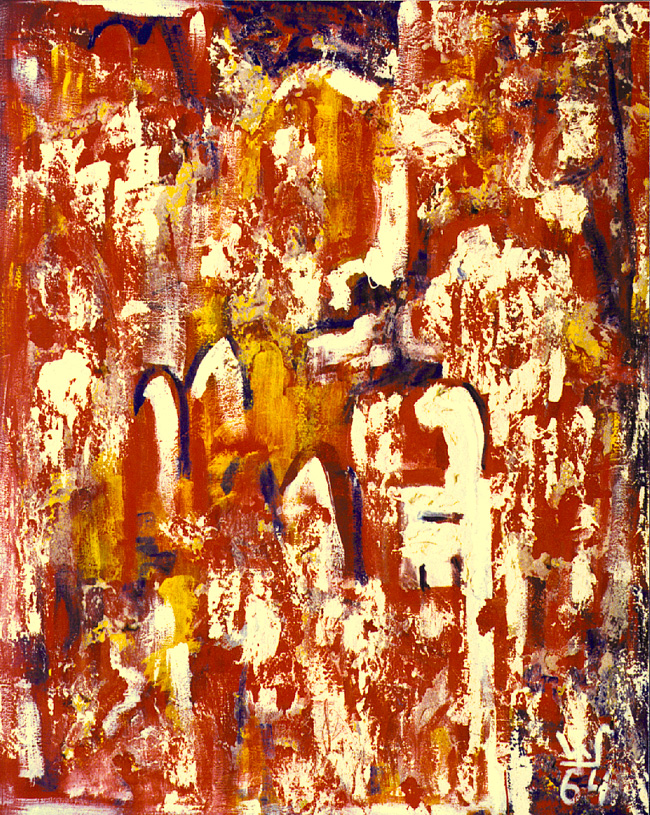Wille Schenk has repeatedly grappled with the problems of artistic design and confronted his audience with his findings in lectures. As he says in 1947 in the Karl Ernst Osthaus Museum in Hagen: “… Decisive for the artistic expressiveness is not only the timely theme, but the forward-looking time-related art form. The artist who works today seeks the adequate artistic form of his time picture … “and elsewhere (1953):” Non-objective art is concerned with pure problems of color and form, through sensory experiences of light sensations, movements, weight states, mass distributions etc. Modern art prefers the floating, the transparency, the clear, material-appropriate decision. In place of the static, it often sets the dynamic-rhythmic … a harmonious state of tension keeps our eyes captive. “
What the artist himself has formulated, no art historian can say more apt. That is why 6 out of 16 works from this creative period speak for themselves here.
The city maps, which were created in the 1950s – mostly small-scale ones – also correspond to Schenk’s statements above, although less the floating rather than the dynamic-rhythmic contains the creative power that determines each image. In an unusual way, Schenk mixes different techniques: On the one hand, one recognizes tiny symbols, such as from geography maps (crosses for graves in cemeteries, wavy lines for water, lines as streets and the like) in pencil or ballpoint pen, on the other overpaintings in strong watercolors , which are grouped into segments (WV 658), as well as an overlying, super-fine color overspray. WV 673 and 674 use wiping and scratching techniques. This work complex includes the WV numbers. 655 to 680, of which only a few are shown as exemplary here.
(In total there are 16 non-representational pictures, 25 pages “city maps”.)
Here are the other non-representational works:
